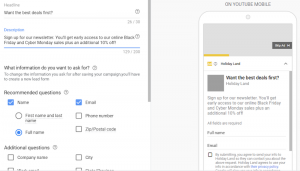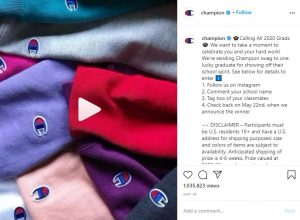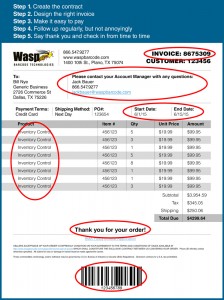
One of the most creative and useful strategies in social media these days is to utilize user generated social content (UGC). From DMOs like Hawaii (client) to companies like Coca-Cola, many brands have leveraged UGC to more smartly engage with their customers and audiences, and also to cultivate beautiful content in order to enhance their storytelling. In fact, broadcast media like the NFL Network and Bravo have supported Live TV through using their audiences’ content on their broadcast shows in order to actively engage with them, in real time. Here are a few reasons to consider using UGC in your next social media plan:
Flatter your customers: Who doesn’t like to get a shout out? Let me use an example: You take a trip to Maine. During your trip, you post the most beautiful picture, with fall leaves cascading against a red barn. A few hours later, Maine’s tourism board reaches out to you and asks to use your picture. As an amateur photographer/enthusiast, you’re beyond stoked to get the celeb status through a post! We’re people who like our 15 seconds of fame, so if you want to catch your audience’s attention, one of the best ways is to flatter them.
Create beautiful content: In need of a collage wall for your upcoming event, or need to glam up your website? Why not use the 1000’s of photos tagging your brand on Instagram (with permission)? Tons of brands these days are skipping the expensive photographer and utilizing their biggest fans as their content creators.
Engage, engage, engage: Set up specific hashtags or launch a contest in order to get your audience excited to participate. It’s not just about putting feelers out into the broad world of social media content to find the right images, but by asking your audiences to participate by posting content that can be repurposed by your brand, you’ll end up with a specific pool of images that you can use. The other advantage of this is that if the rules state that by using a specific hashtag your fans are agreeing to lend you their photos, you don’t need to take the extra step to ask permission. Which leads me to my next point:
Rights and responsibilities: Whether you’re manually asking to use a photo or using a vendor like Chute to automatically get the rights to content, make sure get permission. It’s not polite, nor is it legal in most cases, to use someone else’s photos just because you think they’re beautiful or on-brand. It can be as simple as commenting with “Hey, we love your photo! Mind if we regram it?” You’ll be pleasantly surprised by the response (as I mentioned earlier, people like to get a shout out).
Managing the content: Have a system and set of guidelines in place so that you can seamlessly sort through UGC or keep an eye out for it yourself. Just as you would with internally produced content, you’ll want to make sure that your team is able to carefully select which content is usable and appropriate.
Tools: There are a handful of paid tools that you can use to help manage and curate social UGC. I find Chute extremely helpful for our client Hawaii Visitors and Convention Bureau. Through its tools, we’re able to sort through 1000s of photos based on location and specific hashtags, and then ask permission through another customized feature in order to get the rights to post on HVCB’s @gohawaii channel.
These are just a few things to consider when implementing UGC into your next social media campaign, but I encourage you to consider it. Where to start? Take a look at where the content is missing in your social media channels or where you’re looking for better ways to engage with your fans. Good luck!
Digital & Social Articles on Business 2 Community
(51)
Report Post





